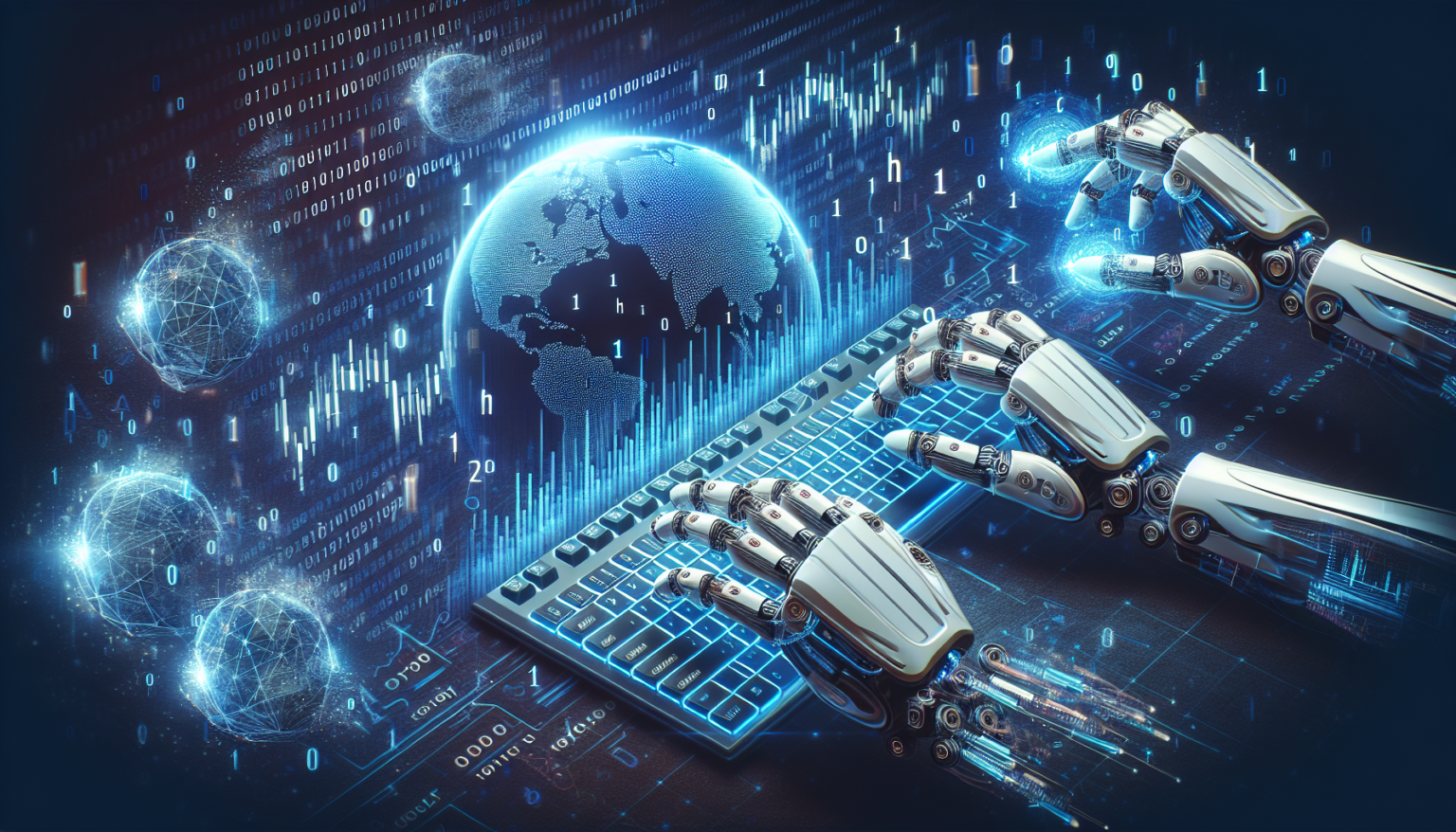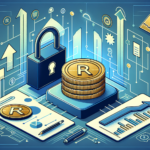The Rise of Automated Trading
Understanding Automated Trading
Automated trading refers to the use of algorithms and software to execute trades automatically, based on pre-defined criteria. This practice has been around for several decades, but the pace of innovation and adoption has greatly accelerated in recent years. Today, traders no longer rely solely on human intuition; instead, they use advanced technology to analyze vast amounts of data and make instantaneous trading decisions.
The Role of Artificial Intelligence
Artificial Intelligence (AI) is at the forefront of transforming automated trading. Unlike traditional algorithms, which operate on static rules, AI systems can learn from historical data, adapt to new information, and even anticipate market trends. This capability allows them to optimize trading strategies in real time and make decisions that are not just reactive but also predictive.
Machine Learning in Trading
One of the most significant advancements in AI is machine learning. This branch of AI involves training algorithms to recognize patterns and learn from past performances. For instance, machine learning models can analyze a variety of indicators such as price volatility, trading volume, and market sentiment to predict future price movements. By continually updated with new data, these models can refine their predictions, offering traders a significant edge.
Natural Language Processing and Sentiment Analysis
Another exciting development is the use of Natural Language Processing (NLP) in trading. NLP enables machines to understand human language, which is particularly useful for sentiment analysis. By analyzing news articles, social media posts, and financial reports, AI can gauge market sentiment and factor it into trading decisions. A company’s stock can be affected not just by its financial performance but also by how it’s perceived in the media, and NLP helps capture this nuance.
Advantages of AI in Automated Trading
Speed and Efficiency
One of the most well-known advantages of automated trading is speed. Algorithms can process vast amounts of data in milliseconds, making decisions faster than any human can. This rapid decision-making allows traders to take advantage of fleeting opportunities in the market.
Reduction of Human Error
Emotions often cloud judgment in trading, leading to impulsive decisions. Automated trading systems completely eliminate this emotional element from trading. By relying on data and algorithms, traders can minimize human error, ensuring that their trading strategies are executed consistently and logically.
Backtesting and Optimization
Backtesting is another powerful tool offered by AI. Traders can test their strategies on historical data to see how they would have performed. This ability not only helps in optimizing strategies but also in building confidence in using them in live markets. With AI, backtesting can be done across various scenarios to see how strategies hold up under different conditions, something that would be incredibly time-consuming if done manually.
Challenges of AI in Automated Trading
Data Quality and Availability
While AI systems excel at processing data, their effectiveness heavily depends on the quality and availability of that data. Inaccurate, outdated, or biased data can lead to poor trading decisions. Traders must ensure that their data sources are reliable and vast enough to feed their systems effectively.
Market Dynamics and Overfitting
Another challenge faced by AI in trading is the risk of overfitting. This occurs when a model learns the noise in the data instead of the underlying pattern. As markets evolve and change rapidly, a trading system that has been excessively fine-tuned to historical data may not perform well in real-time trading.
Regulatory Compliance
Regulatory bodies are increasingly scrutinizing automated trading. Traders and financial institutions must ensure that their AI systems comply with relevant regulations. As the use of AI in trading continues to grow, regulations will likely evolve, and traders will have to stay on top of these changes to avoid legal pitfalls.
The Future Landscape of Automated Trading
Integration of Blockchain Technology
The integration of blockchain technology presents exciting possibilities for automated trading. Smart contracts, which are self-executing contracts with the terms of the agreement directly written into code, could revolutionize trade execution. This technology could enhance transparency and security in transactions and potentially reduce costs.
AI-Powered Personal Advisors
In the near future, we may see the emergence of AI-powered financial advisors that personalize trading strategies based on individual investor profiles, preferences, and risk tolerance. These virtual advisors will analyze market conditions and tailor their recommendations, providing a personalized trading experience for everyday investors.
Enhanced Risk Management
AI has the potential to enhance risk management practices significantly. By leveraging advanced analytics, trading systems can identify potential risks in real-time and adjust strategies accordingly. This proactive approach can help traders mitigate losses during volatile market conditions and protect their investments.
Crossover with Other Technologies
The future of automated trading also holds promise for crossover with other emerging technologies. The Internet of Things (IoT) and big data analytics can further enrich AI models, providing unique data streams that enhance the predictive capabilities of trading systems. For instance, IoT devices can provide real-time operational data from companies, while big data can offer insights from various non-financial sources.
Conclusion
Although the article does not contain a formal conclusion, it is clear that AI-driven innovations in automated trading carry exciting potential for traders. As technology advances, the market landscape will continue to evolve, presenting both opportunities and challenges. Embracing this transformation will require continuous learning, adaptation, and a willingness to innovate in the face of future advancements.








